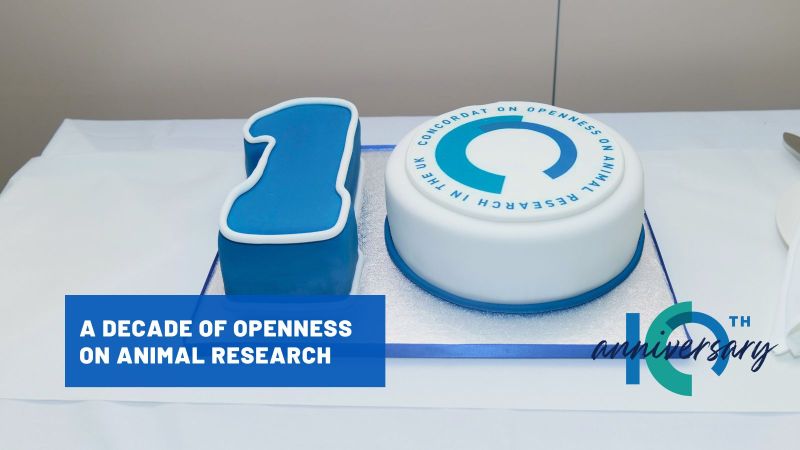Text to go here...
Scientists have identified a signalling pathway used by neurons to protect against the cause of frontotemporal dementia, the second most common form of early-onset dementia after Alzheimer's disease. Using cell culture, animal models and by examining post-mortem brains the researchers have identified a receptor that could be the target of future treatments.
Frontotemporal dementia (FTD) is caused by the degeneration of neurons in the frontal lobe of the brain. Previous studies have identified a lack of a protein called granulin as a cause of the cell death. Over half of patients suffering from inherited FTD possess a mutation that reduces granulin levels by half.
Using cultured human neuronal cells the researchers artificially reduced granulin levels and then measured the effect this had on other genes. They identified increased activity in genes of the Wnt signalling pathway. Similar analysis on post-mortem brains of patients with FTD showed the same results. The two analyses highlighted the importance of a protein called Fzd2, which acts as a crucial receptor in the Wnt pathway.
To study the role of this receptor before neuron death scientists had to use mice. Using mice in which the granulin gene had been deleted scientists were able to monitor Fzd2 levels during the development of the disease. They found that levels increased over time.
This meant that either Fzd2 is part of the disease that leads to neuron death or it is part of the cell's protective survival mechanism. They found that cultured cells in which the FZD2 gene had been deleted died faster and ones which contained higher levels of Fzd2 survived. This indicates that the Fzd2 receptor helps to protect cells from the effect of low granulin. Future treatments could be designed to help increase Fzd2 activity to provide a boost to the cell's own protective mechanism.
Last edited: 11 January 2022 14:52



